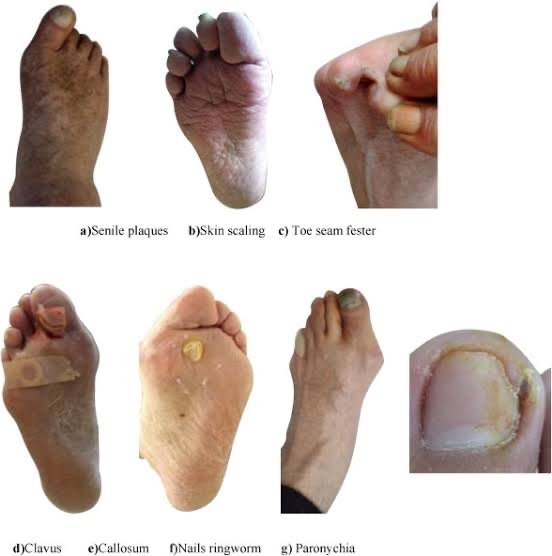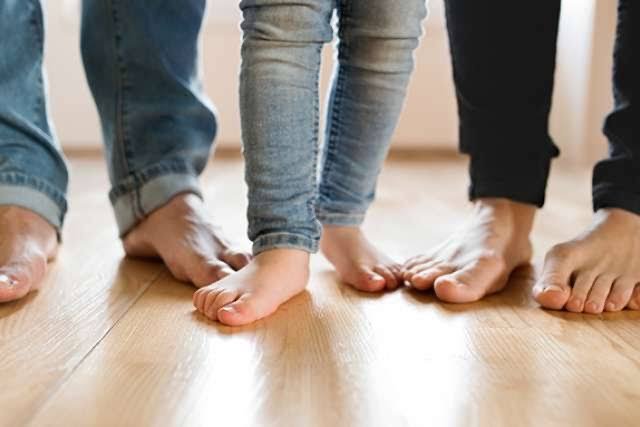As we age, our feet go through various changes that can impact their health and well-being. Here are some common ways that feet can change in old age and how to take care of them:
Reduced flexibility: As we age, the flexibility of our feet can decrease, making it harder to bend and move them. This can result in reduced balance and stability, making falls more likely. Regular stretching exercises and gentle foot exercises like toe curls and ankle circles can help improve flexibility and maintain mobility in the feet.
Arthritis: Arthritis is a common condition in old age that can affect the joints in the feet, causing pain, stiffness, and swelling. Wearing shoes with good arch support and cushioning, using orthotic inserts, and applying ice or heat can help alleviate arthritis-related foot discomfort. Consult with a healthcare professional for proper diagnosis and treatment options.
Reduced circulation: Aging can also affect blood circulation in the feet, leading to cold feet, numbness, and slower healing of cuts or sores. Regular foot massages, keeping the feet elevated when sitting, and staying active to promote blood flow can help improve circulation in the feet.
Dry skin: Older adults may experience dry skin on their feet, which can lead to cracks, calluses, and discomfort. Applying moisturizing creams or lotions specifically formulated for feet, avoiding hot water when bathing, and wearing breathable socks made of natural fibers can help keep the skin on the feet hydrated and healthy.
Nail changes: Nails can also change in old age, becoming thicker, more brittle, and harder to trim. Keeping nails trimmed straight across, using proper nail clippers, and avoiding cutting the corners of the nails can help prevent ingrown toenails and other nail-related issues.
Proper footwear: Wearing appropriate footwear is crucial for foot health in old age. Shoes should fit well, provide proper arch support, and have non-slip soles to prevent falls. Avoiding high heels, narrow shoes, and shoes without proper cushioning can help reduce the risk of foot problems.
Regular foot care: Regular foot care is essential for older adults. It's important to inspect the feet regularly for cuts, sores, bruises, or other abnormalities, and seek prompt medical attention if any issues are detected. Washing the feet daily, keeping them clean and dry, and trimming toenails regularly are also crucial for maintaining good foot health.
In conclusion, taking care of the feet in old age requires attention to flexibility, arthritis management, circulation, skin hydration, nail care, appropriate footwear, and regular foot care. Consulting with a healthcare professional, such as a podiatrist or geriatrician, can provide personalized recommendations for foot care in older adults.

